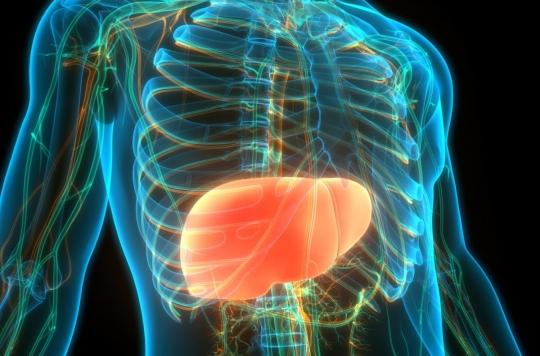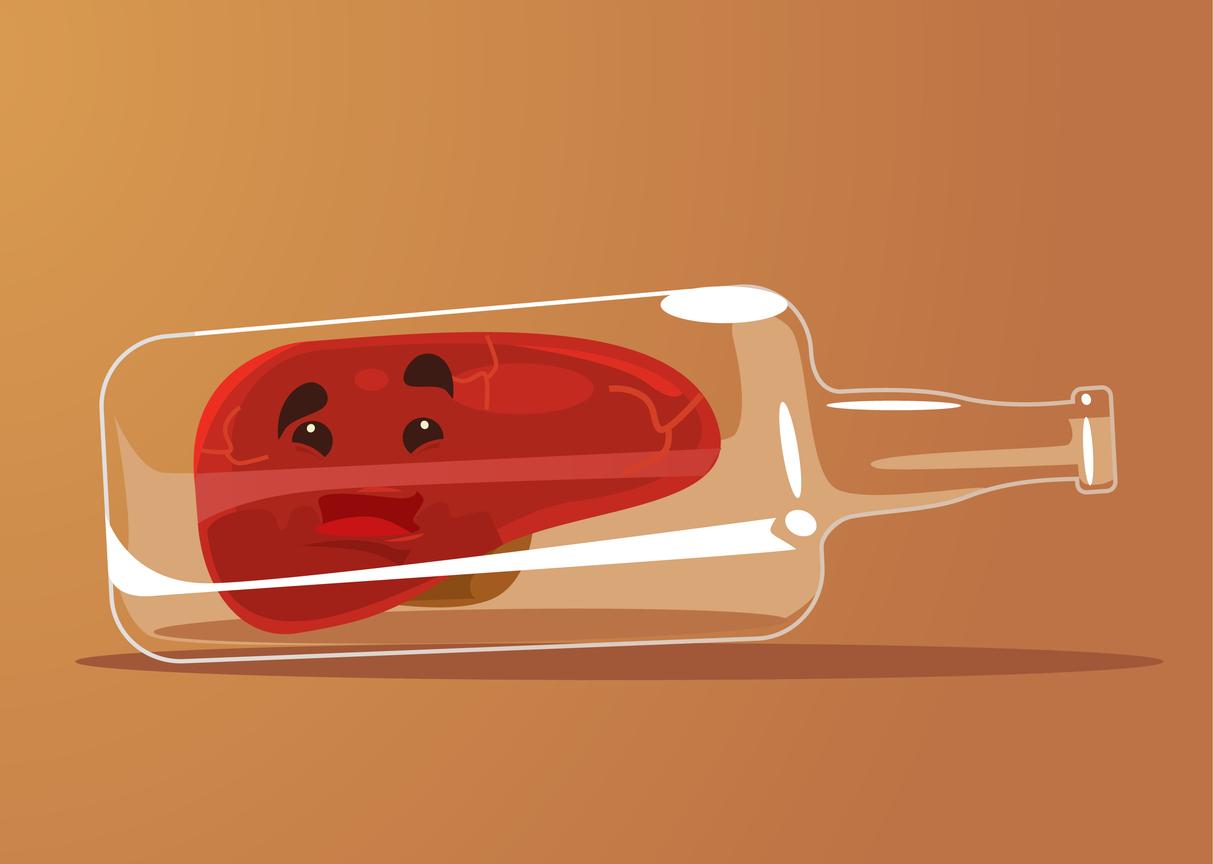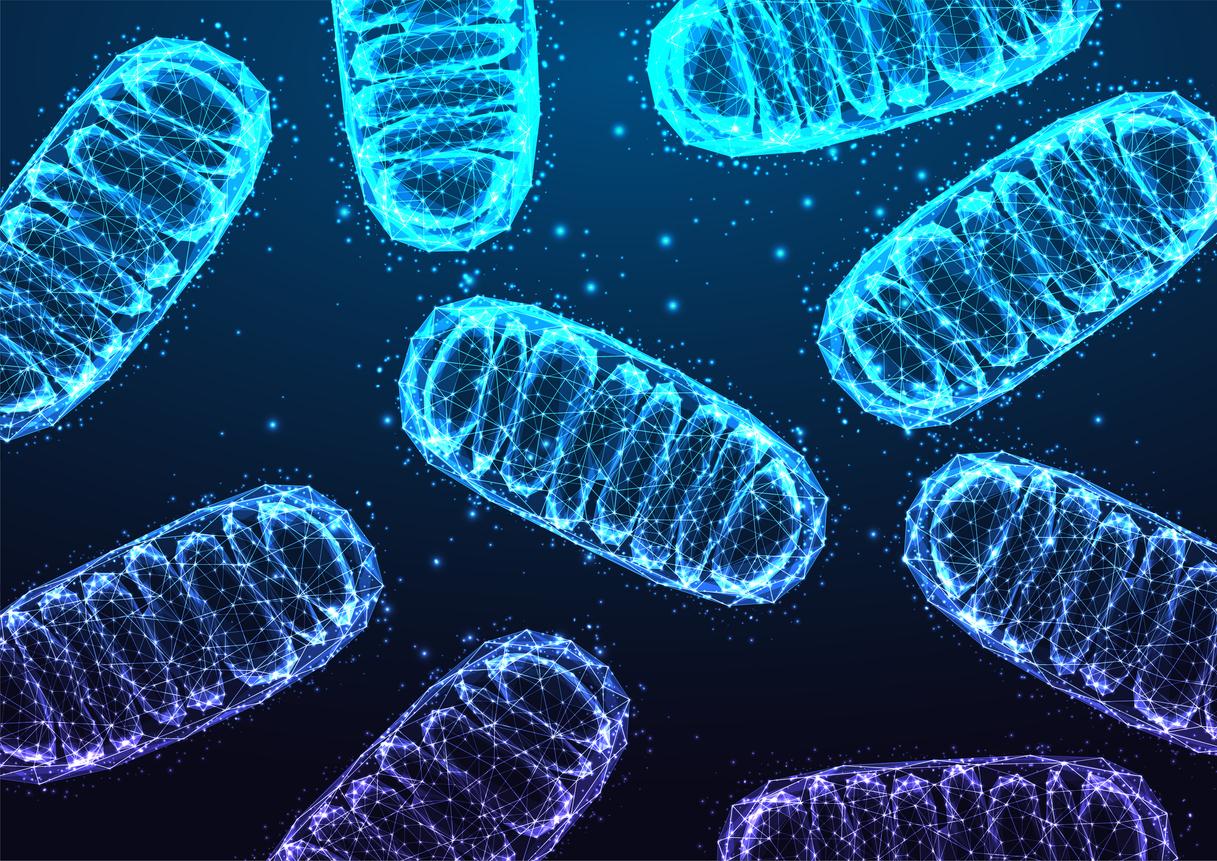The accumulation of fat in the liver deteriorates the nerves present in this organ. This interferes with the proper transmission of signals to the brain, which can no longer regulate insulin correctly.

- In France, type 2 diabetes accounts for 90% of diabetes cases.
- The control of the disease is based on three axes: weight loss, the practice of physical activity and a better diet.
- Antidiabetic treatments are administered in parallel to normalize blood sugar levels.
Type 2 diabetes affected 108 million people worldwide in 1980, according to figures from theWorld Health Organization. In 2014, this number was almost multiplied by 4: 422 million people suffered from it. Faced with these increasing numbers of cases, the scientific community is working to find new treatments, because today the only drugs available act only on the symptoms. In the magazine Cell Reportstwo studies present a new avenue for the management of this diabetes.
What are the links between obesity, fat levels in the liver and type 2 diabetes?
For nine years, Benjamin Renquist, one of the authors of this study, worked with his team on the links between obesity, fatty liver disease (NASH) and various diabetes. “Obesity is considered one of the causes of type 2 diabetes, and for a long time we have known that the amount of fat in the liver increases in obesity.he explains. As fat increases in the liver, the incidence of diabetes is greater“This observation led him to believe that the fat present in the liver could be the cause of type 2 diabetes.”But how fat in the liver can make the body insulin resistant“, he wonders.
Disrupted communication between the brain and the liver
A study on animals enabled the researcher and his team to identify neurotransmitters produced by the liver, in the event of obesity, called GABA, for gamma aminobutyric acid inhibitory neurotransmitter. But its role is to reduce the activity of the nerves. “When the liver produces GABA, it reduces the activity of the nerves that go from the liver to the brain“, continues the researcher. In response, the central nervous system adapts and decreases the activity of regulating glucose.
Promising results
In a second part of the study, the scientists wanted to confirm these results, by deactivating the GABA neurotransmitters in animals with type 2 diabetes.”Inhibition of GABA production restored insulin sensitivity within days“, says Caroline Geisler, in charge of this part of the research. In the longer term, this has made it possible to reduce the quantity of food consumed by the animals and to make them lose weight. In parallel, the team has observed that people with insulin resistance had higher than average expression of genes associated with GABA production in the liver. This means that these results could be applied to humans. Benjamin Renquist specifies that this finding does not is only a first step towards a therapeutic target.It will be several years before treatments arrive on the shelves of pharmacies.

.
















